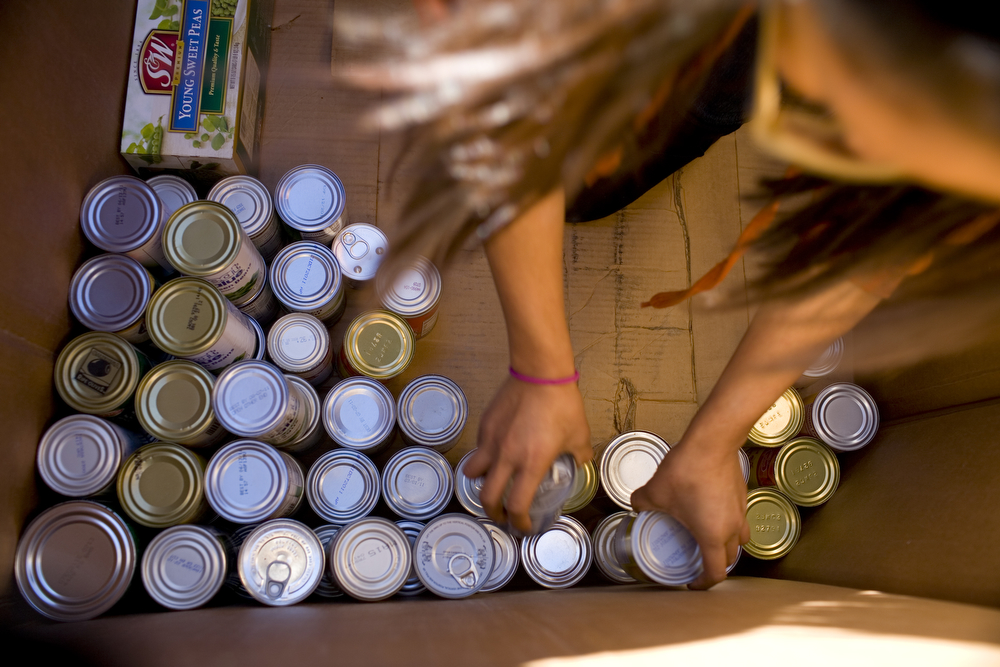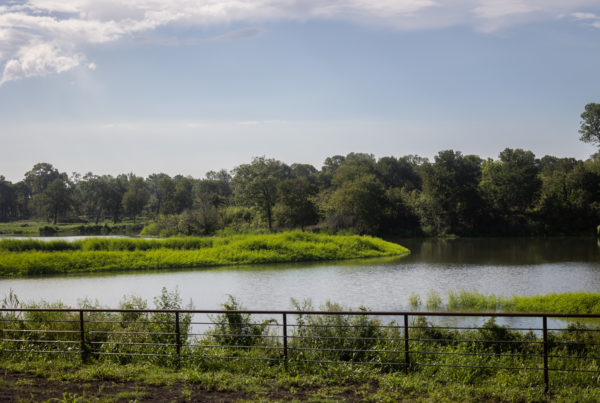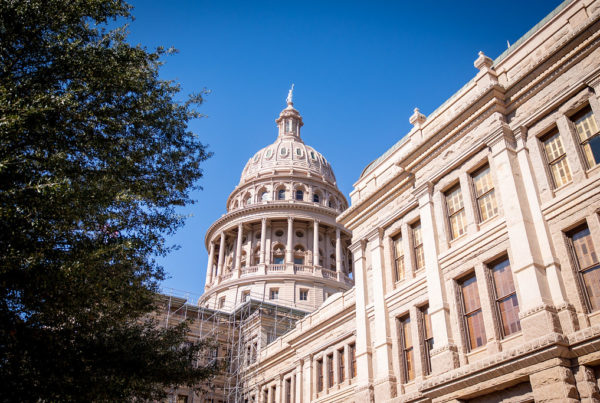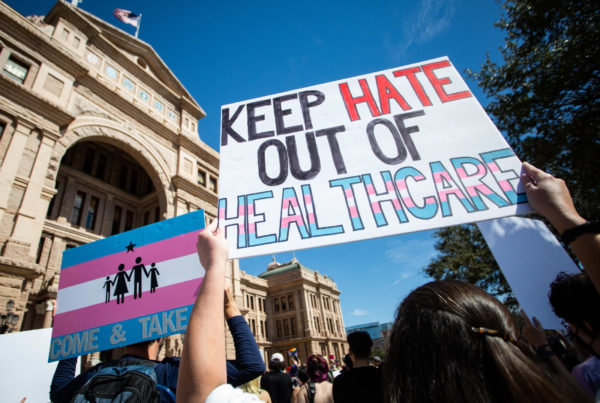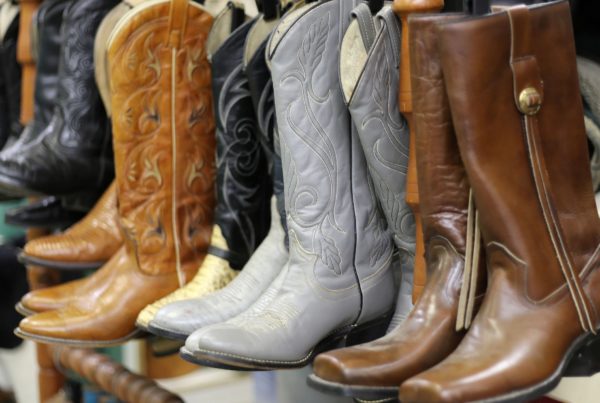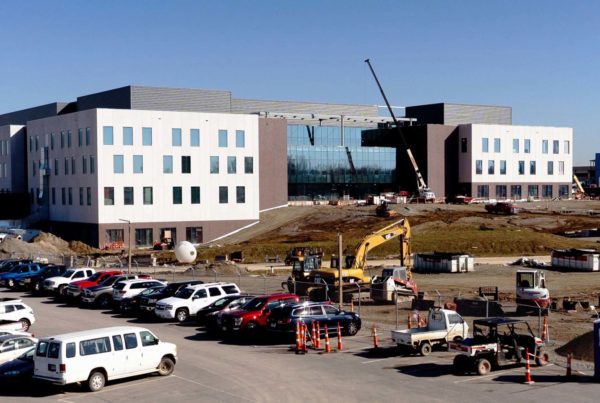Since the outbreak of the coronavirus pandemic in the spring of 2020, families around the nation have been receiving emergency allotments for the Supplemental Nutrition Assistance Program, more commonly known as SNAP and often thought of as “food stamps.”
In practice, this extension of benefits is relatively modest, mostly ensuring that recipients of SNAP receive at least $95 a month. But in a state as big as Texas, a lot of people have come to depend on this money – money that’s soon coming to an end.
Libby Campbell is chief executive officer of the West Texas Food Bank and she joined the Texas Standard to talk about the state of SNAP benefits in Texas. Listen to the story above or read the transcript below.
This transcript has been edited lightly for clarity:
Texas Standard: It looks like for a single adult to qualify for SNAP benefits, you can only make what it is, around $23,000 a year? And even then, the monthly benefit itself is around $280?
Libby Campbell: Yeah, give or take some change. There’s some things that go into the qualifications. You know, one thing we like to talk about is the asset verification that goes into qualifying for SNAP. Here in Texas, we’re one of the few states left in the union that actually still has a vehicle asset verification when you’re called while trying to apply for SNAP benefits. What we’re seeing a lot in our food bank, we are actually doing more pounds at our small rural food bank here in West Texas. We cover about 19 counties. It’s equivalent to 34,000 square miles of West Texas. And we have all the different kinds of food problems that you would normally think of. We have urban hunger, really, in Midland-Odessa. We have rural hunger that goes out into the further part of our region that we cover. And then we are also dealing with border issues currently in our service territory. But one thing that we’ve really seen an uptick in as far as the amount of pounds that we’re giving out – you know, food banks, we measure everything in pounds, so sometimes that gets to be confusing – our food bank before the pandemic did about 6 million pounds a year. This year, we’re trending to do closer to probably between 13 and 14 million pounds distributed to those 19 counties.
I want to focus on this annual additional coronavirus funding that’s set to expire. What does that mean for SNAP recipients and how closely are you following that at the West Texas Food Bank?
We’re following it pretty closely because it is definitely affecting the amount of neighbors we’re serving within our lines. You know, as far as coronavirus funding food banks and recipients on SNAP, definitely we saw a great help from USDA and Texas Department of Agriculture. And again, we want to say “thank you” over and over and over again. But those things are starting to stop. Your food banks are having to spend a lot more to bring in resources for the neighbors in which we serve and our lines are growing.
Now, clarify something for me. According to data from last month, there are more than 3 million Texans eligible for SNAP benefits, but apparently only one and a half million cases of distributions. Is everyone who’s eligible for SNAP able to enroll in the program or is there some other obstacle here?
Absolutely they are not able to. For us, I can speak to our food bank in our 19 counties. There is a lot of our southern part of our territory in Trans-Pecos – if you know about Big Bend, you know there’s no broadband or Wi-Fi there. Texas Health and Human Services (HHSC) has been forced to close some offices, so people are either having to drive long distances to sign up. There’s long call times to talk to somebody at HHSC. No, our food bank is lucky. We do have three social service people on our staff who help people – assist signing them up – but they’re driving over 19 counties. From Odessa to Presidio is really close to a six, seven hour drive. So I think access definitely causes a problem. And also the wait times with HHSC to help sign people up for SNAP.
The Legislature is back in session. Are there specific laws and policies that food banks, including West Texas Food Bank, are trying to press legislators on?
I think we’re definitely trying to talk about vehicle asset verification. I think at this time, I think it’s important for us that we may need to revisit that a little bit. But I also think SNAP is a great economic multiplier effect in rural communities. I mean, you’re giving the ability to those to go out and purchase food at their local stores that are around them. And then from there, that’s giving those stores the ability to schedule people more hours to be able to work so that they can help pay for their kids and put gas in their cars and all the things that go with that. So there is a huge economic multiplier effect that comes from helping those in need on SNAP.


